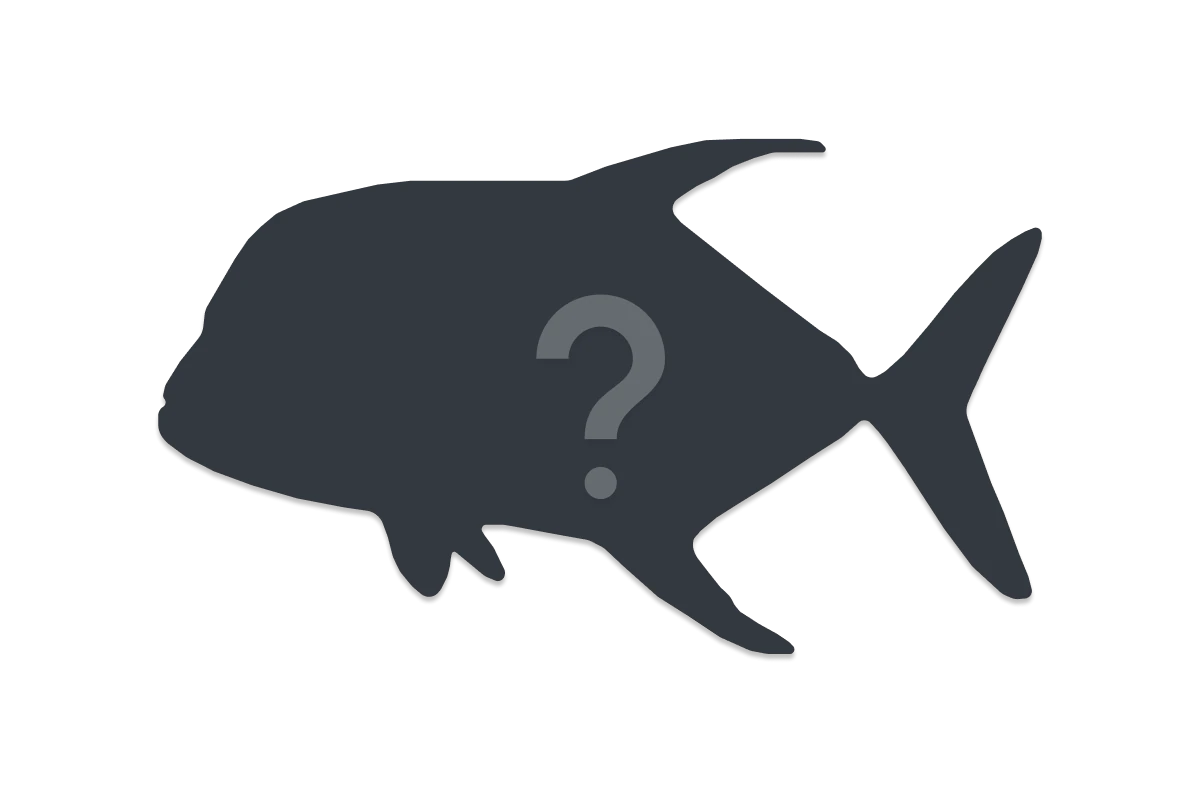Pinna bicolor
Razor clamSame Genus
Distribution
Temperate Australasia, Tropical Indo-Pacific
Description
Largest bivalve found on the south coast. It is fan-shaped with the tip embedded in sand or mud. The popular name ‘razor clam’ indicates the hazard these bivalves pose to bare-footed bathers. The species occurs gregariously and can be extremely abundant near low-tide mark in the South Australia gulfs. Shells in that area are usually colonised by diverse communities of plants and animals. The flesh of the razor clam can be eaten and was once sold in South Australia, although the size of the edible meat is trivial compared with the size of the shell.
Information
Max Size: 50 cm
Sea Temperature Range: 13.3-27.3°C
Depth: 0-10m
Habitat Generalization Index: N/A
Also referred to as the SGI (Species Generalisation Index), this describes the habitat niche breadth of the species. Species with values less than 15 are found in a relatively narrow range of reef habitat types (specialists), while those over 25 may be found on most hard substrates within their range (generalists). Learn more here.
Conservation and Rarity
IUCN Status: Not Evaluated
Occurrence: Infrequent (5.9% of sites)
Occurrence describes how often the species is found on surveys within its distribution. It is calculated as the % of reef sites surveyed by RLS divers across all the ecoregions in which the species has been observed
Abundance: Many (12 per transect)
Abundance is calculated as the average number of individuals recorded per RLS transect, where present.
Edit by: GJ Edgar. 2008. Australian Marine Life. New Holland, Sydney



